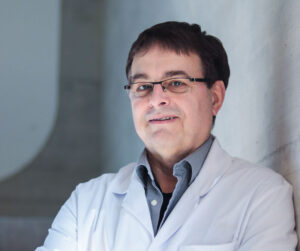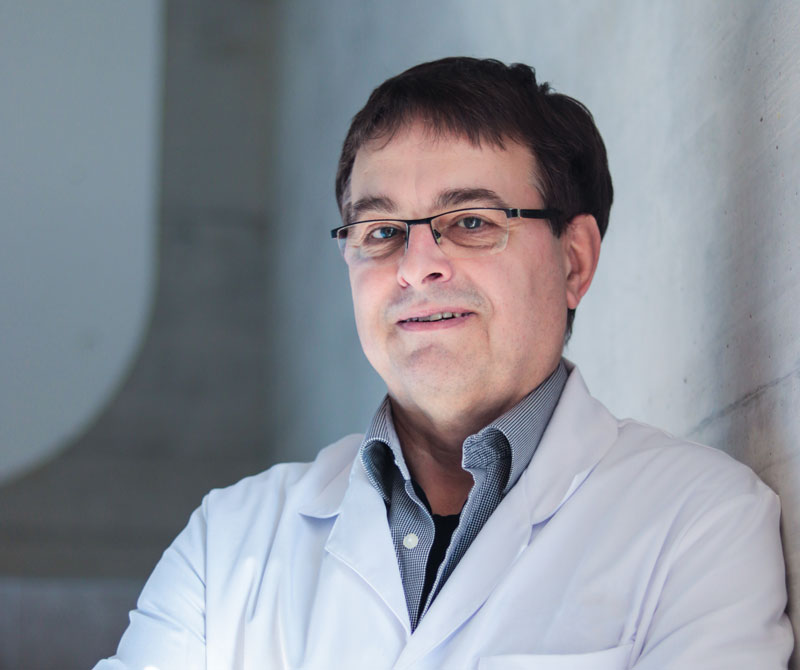Development of surfaces
We develop the surface you want to produce.
Whether protection, design or function, we develop the surface you need for you or with you. We offer you professional and practical support for your development projects with our experts from various specialist areas who can influence the properties and quality of your surface (electroplating technicians, chemists, metallographers, etc.).
Our aim is to develop a stable process for your innovative surface in series production.
Development of color formulations / color adjustments
For the new development of decorative surfaces, as well as for the reproduction or optimization of existing colour samples, we can rely on our laboratory electroplating . All important process parameters can be set, controlled, documented and optimized for the individual process steps of the anodizing process reproducible . This is an important prerequisite for transferring the processes to the customer’s series systems.
Basically, two different methods can be used to color the anodized layer.
Chemical dyeing by the adsorption method: Important parameters for successful color development are not only the oxide layer thickness but also the porosity of the oxide layer. Other important bath parameters are pH value, temperature, bath concentration, … . The advantage of this process is that a wide variety of organic colors can be used. Depending on the ink type, UV resistance may be limited.
Another process is electrolytic dyeing. This takes place in defined salt solutions with closely controlled parameters for the electrolysis process (duration, voltage, temperature….). The advantage of this method is the high UV and light resistance. However, the variety of colors is significantly limited.
The surface structure plays a major role in the assessment of the color measurement s color developments or readjustments. Various color measurement methods are therefore available.
Depending on the issue at hand, various baths are available for degreasing, pickling, decapping and anodizing. Chemical and electrolytic polishing are further methods that are used for decorative surfaces. Here too characterization options are available for assessing and optimizing the processes.
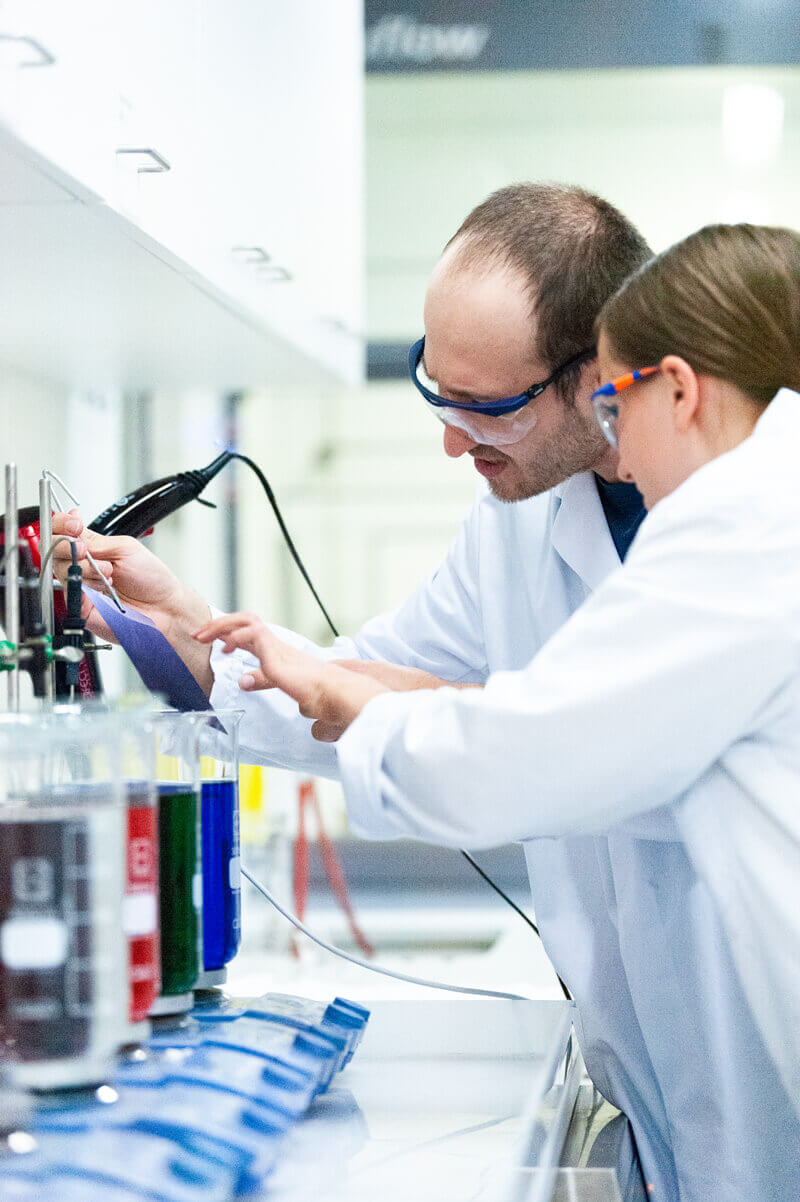
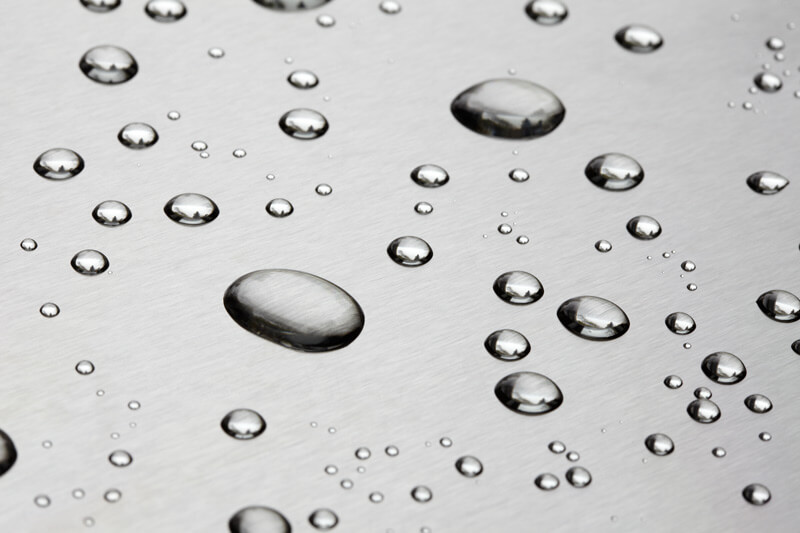
Development of functional surfaces
Aluminum surfaces offer a variety of functional properties. Aluminium surfaces can be specifically developed for anodic corrosion protection, for optimum priming of coating systems such as SolGel, for bonding processes or also wear-resistant properties . Depending on the functional requirements, different anodization processes are used, such as barrier layer, hard or sulphuric acid anodization.
The wafer-thin ceramic SolGel coating on aluminum surfaces offers new possibilities for innovative functional surfaces thanks to its unique properties. We develop, produce and modify the silane-based SolGel coatings in close cooperation with our partner Omya (Schweiz) AG in our own surface laboratory. The new developments of functional surfaces offer anti-fingerprint, lotus effect, anti-graffiti properties in addition to intense decorative new colors with metallic and CoolTouch effect.
Various processes are available for coating tests in the laboratory, such as dip coating, spray coating or application with various rollers, and surface chemists, electroplating technicians and aluminum experts work closely together as a team for new developments. From the selection of suitable aluminum alloys to the electroplating and coating process, the targeted validation in our surface analysis laboratory, the simulated stress through e.g. salt spray tests to the assessment by surface specialists and metallurgists. Everything from a single source.
Development of process baths with associated process parameters
The development of new surfaces is directly linked to the development of the individual process steps in our laboratory electroplating and any downstream coating process in our application laboratory.
All ideal important process parameters can be reproducibly transferred to the customer’s series for the individual process steps. Sensitivity analyses define the process windows of a stable series process In such a sensitivity analysis, carryover, dilution and by-products are specifically simulated in order to define monitoring parameters with their tolerances. In this way, rejects can be minimized and the quality kept constant .
Such process studies can also be carried out for existing series processes. Planned optimizations in the process, e.g. through the use of new chemicals such as degreasers, are simulated in laboratory electroplating with any optimization loops. Comparisons of the existing surface quality with the surface of the modified process on a laboratory scale very quickly show the customer the feasibility of the planned conversion. This greatly reduces the need for time-consuming trials in series production facilities with interruptions to production.
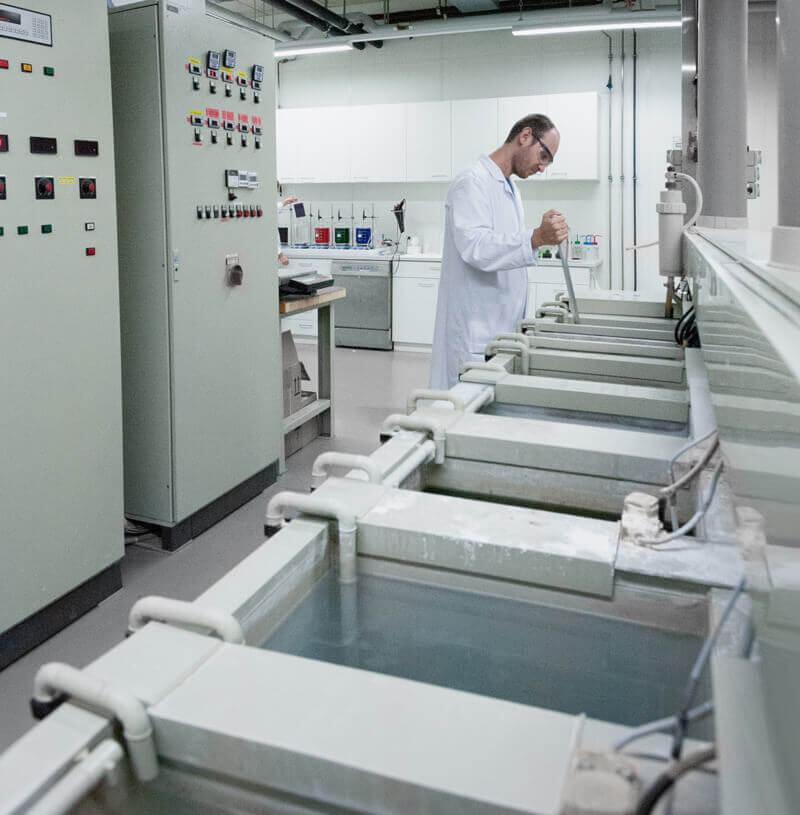
BEISPIELE WO WIR FÜR SICHERHEIT SORGEN
- Serienfreigaben von statisch und dynamisch hochbeanspruchten Bauteilen:
- Stahlseile im Dauerbetrieb
- Fensterrahmen in tragenden Seitenbauteilen (z.B. von Bussen)
- Abschleppvorrichtungen (Automotive)
- Cable crush Test (mechanische Kurzschlussprüfung) an Autoladekabel
- Belastungsprüfung z.B. bei Fahrwerksteilen
- Klebeverbindungen an Dunstabzugshauben
- Bauteiloptimierungen:
- Identifikation von Schwachstellen und gezielte Optimierung durch realitätsnahe Bauteilprüfungen bei z.B. Befestigungen von Photovoltaik-Systemen.
- Validierungen von Materialneuentwicklungen in der Anwendung, z.B. von neuen Sandwichkernmaterialien in der Windkraft- und der Transportation-Industrie (statische und dynamische Schub- und Biegesteifigkeit, Lebensdauerverhalten)
- Schweisseignungsprüfungen von eingesetzten Leichtmetallen in der Karosserie für den sicheren Serieneinsatz bei Premiumherstellern in der Automobilindustrie
- Prozessoptimierung im Hinblick auf optimale Bauteileigenschaften von hochbeanspruchten geschmiedeten Bauteilen z.B. in der Luftfahrtindustrie



